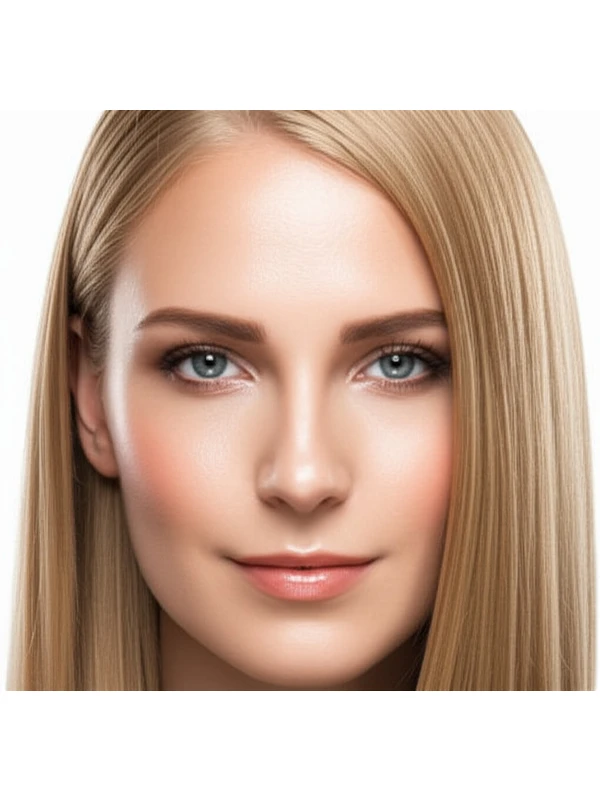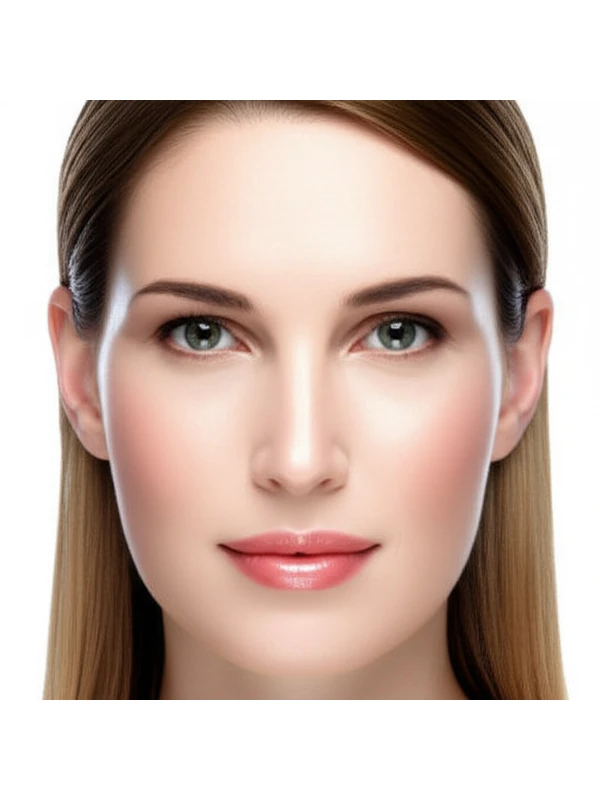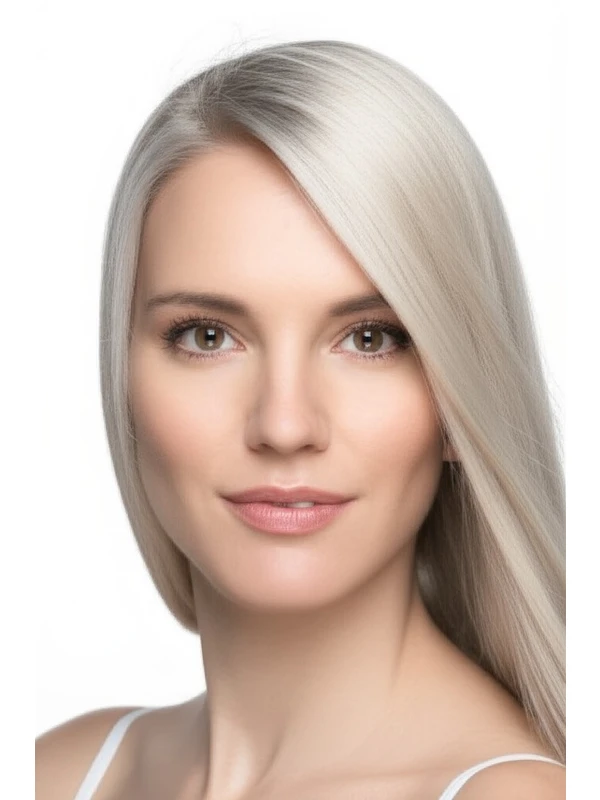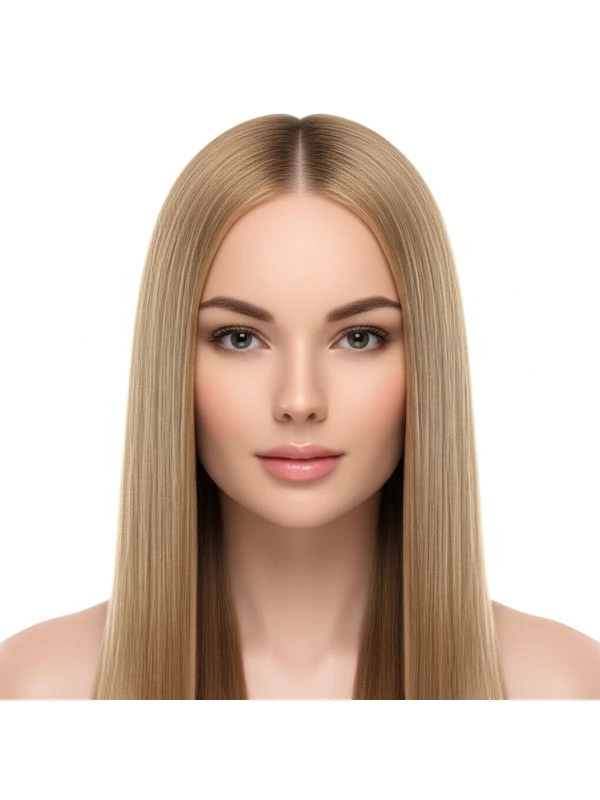#Gloss and Tone: Your Guide to Radiant Hair Color
Gloss and tone is a popular salon service that adds shine, enhances color vibrancy, and subtly adjusts your hair’s overall appearance. It's less about dramatic change and more about perfecting what you already have—or taking it from good to gorgeous! Let's dive into everything you need to know.
#1. What Is Gloss and Tone? How Does It Work?
Gloss and tone isn't a single process but two steps working together. A "gloss" is essentially a clear or lightly pigmented glaze applied to the hair shaft, sealing the cuticle for maximum shine. The “tone” part involves using a color-depositing product (a toner) to adjust the underlying pigment of your hair.
Tools & Products:
- Toner: Available in various shades (cool, warm, neutral).
- Gloss: Typically a clear or translucent glaze.
- Applicator Brush: For precise application.
- Gloves: To protect skin from staining.
- Mixing Bowl & Developer (often low volume): Depending on the specific products used by your stylist.
The Process: The toner is first applied evenly throughout the hair, often starting at the roots and working down. Placement depends on desired results – full head for overall color change or strategic placement for dimension. Timing varies from 10-30 minutes, depending on the product and desired intensity. Next, the gloss is applied over the toned hair, sealing in the color and adding shine. This typically sits on the hair for 5-20 minutes before rinsing thoroughly.
#2. Best Use Cases: What Can Gloss & Tone Achieve?
Gloss and tone is incredibly versatile! Here’s what it can accomplish:
- Enhance Dimension: Add subtle highlights or lowlights by carefully placing toner in specific areas to create depth.
- Root Blur/Softening: Blend harsh root lines for a more seamless grow-out, especially effective after balayage or highlights.
- Face Framing: Brighten or soften facial features with strategically placed tones around the face.
- Neutralize Unwanted Tones: Correct brassiness in blondes (using purple/blue toners), add warmth to cool-toned hair (with gold/copper toners), or tame overly red tones.
- Boost Color Vibrancy: Refresh and deepen existing color, making reds richer, browns more chocolatey, etc.
- Overall Tone Correction: Adjust the overall hue of your hair – for example, moving a blonde slightly warmer or cooler.
#3. Who Suits Gloss & Tone?
This technique is surprisingly adaptable! However, here's a breakdown to consider:
- Natural Color Level: Works best on those with pre-existing color (lightened or colored hair). Can be used on virgin hair but results will be subtle - primarily adding shine and correcting undertones.
- Undertone: Crucial! Your stylist needs to assess your natural undertones (warm, cool, neutral) to select the correct toner shade.
- Hair Type/Texture: Suitable for all textures – straight, wavy, curly, coily. Application may vary slightly depending on curl pattern to ensure even saturation.
- Density: Works well on both fine and thick hair. Fine hair benefits from added shine; thicker hair can handle more pigment.
- Length: Effective on all lengths—short bobs to long layers!
- Lifestyle: Ideal for those who want low-maintenance color adjustments, a boost of shine, or a subtle refresh between major color changes. Someone with frequent swimming/sun exposure will benefit from the cuticle sealing properties.
#4. Gloss and Tone vs. Similar Techniques
Let's clarify how gloss and tone differs from other popular coloring methods:
- Balayage & Foilyage: These are lightening techniques that involve hand-painting or weaving highlights into the hair. Gloss and tone is applied after these processes to refine the color and add shine, not as a primary lightening method.
- Highlights: Traditional foil highlighting involves lifting sections of hair with bleach. Gloss and tone can be used afterward for toning and glossing.
- Root Smudge/Shadow Root: These techniques blend harsh root lines using a darker shade applied near the roots. While similar in their goal (softening roots), they don't incorporate the shine-boosting element of a gloss. A gloss can be added after a shadow root for extra radiance.
- Glazes: A glaze is essentially just the "gloss" part – it adds shine and can slightly alter tone but doesn’t typically involve a color deposit like toner does.
#5. Maintenance & Longevity: Planning Ahead
Gloss and tone isn't permanent, so maintenance is key!
- Salon Timing: Typically every 6-12 weeks, depending on how quickly your hair fades or loses shine.
- Toner/Gloss Refresh: The toner’s color deposit will fade gradually. Glosses last longer (up to several washes) but eventually wear off too.
- Grow-Out Behavior: The grow-out is generally softer than with traditional highlights, as the change in tone is more subtle.
- Budget/Time Planning: Less expensive and quicker than major color transformations like balayage or full highlights (usually 1–2 hours). Expect to pay $75-$200+, depending on salon location and stylist expertise.
#6. At-Home Care Tips for Glossed & Toned Hair
Protect your investment!
- Wash Cadence: Reduce washing frequency (2-3 times per week) to prolong color vibrancy.
- Heat Protection: Always use a heat protectant spray before using styling tools like blow dryers, straighteners, or curling irons.
- Color-Safe Care: Use shampoos and conditioners specifically formulated for colored hair. Avoid harsh sulfates that strip away pigment and shine.
- Deep Conditioning: Incorporate deep conditioning treatments weekly to keep hair hydrated and shiny.
#7. Pros & Cons of Gloss and Tone
Pros:
- Adds incredible shine.
- Subtle color adjustments, low commitment.
- Softens root lines.
- Relatively quick and affordable.
- Suitable for most hair types/textures.
- Can correct unwanted tones.
Cons:
- Not a lightening technique – won't dramatically change your base color.
- Color fades over time, requiring regular touch-ups.
- Results depend heavily on the stylist’s skill and product selection.
#8. Salon Consultation Script: What to Discuss with Your Stylist
Here are some prompts for a productive consultation:
- "What is my current hair level and undertone?"
- “What tone do you recommend based on my skin tone and desired look?”
- "Can we achieve [specific goal, e.g., root blend, face-framing] with gloss and tone?"
- "How long will the process take, and what is the estimated cost?"
- "What at-home products do you recommend for maintaining my color and shine?”
- “Can I see examples of your work with gloss and tone?”
#9. Frequently Asked Questions
- Can I get gloss and tone if I have virgin hair? Yes, but the effect will be subtle—mostly adding shine and correcting undertones. It won't significantly change your base color.
- Will gloss and tone damage my hair? When performed correctly with appropriate products, it shouldn’t cause significant damage. Always consult a professional to ensure proper technique.
- Can I do gloss and tone at home? While DIY kits exist, the results are often unpredictable without professional color knowledge and application skills. It's best left to stylists for optimal outcomes.
- How long does the shine from a gloss last? The shine typically lasts several washes before needing a refresh with another gloss treatment.
- Can I combine gloss and tone with other hair treatments like keratin smoothing? Discuss this with your stylist beforehand, as certain combinations might impact results or require adjustments to timing/product selection.
- What if my toner turns out too warm/cool? Your stylist can adjust the next application by using a different shade of toner to balance the tone. Communication is key!
- Does gloss and tone work on gray hair? It can, but it's important to use a demi-permanent or semi-permanent color specifically formulated for gray coverage, as pure toners might not provide enough opacity.
- Can I get highlights after gloss and tone? Absolutely! The gloss seals the cuticle, which can actually help protect the hair during the highlighting process.



